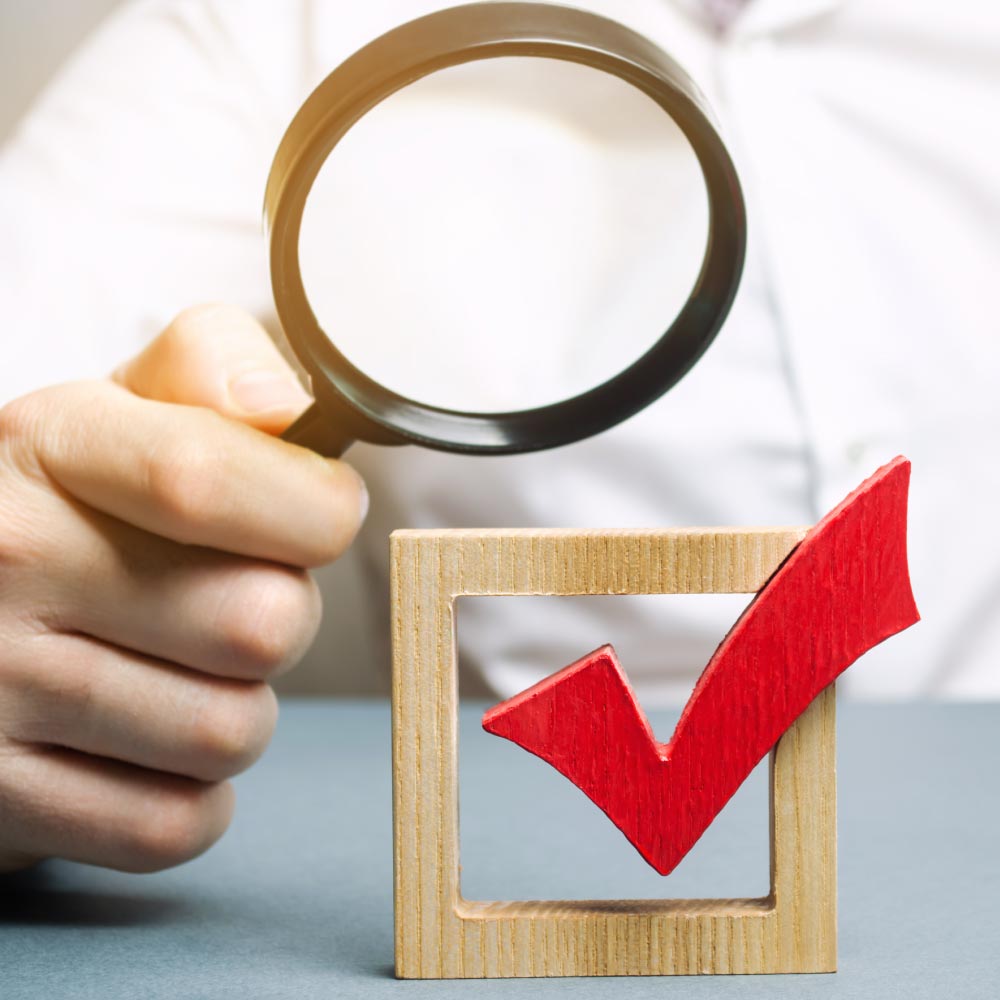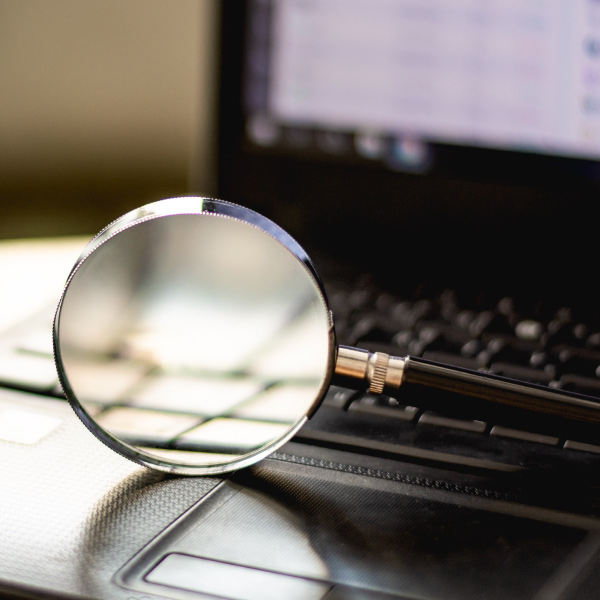CLAIMING HOME OFFICE DEDUCTIONS – PROCEED WITH CAUTION
SARS recently published a webpage, “Home Office Expenses”, providing guidance to employees who worked from home and who want to claim home office expenses as a deduction against their income.
SARS also published an updated draft of its Interpretation Note 28 (Issue 3) on 14 May 2021 (draft IN28), which specifically addresses the requirements for these deductions.
While the webpage and draft IN28 provides valuable guidance on this aspect, it serves as an indication that SARS anticipates a surge in these claims. Before anyone deducts any expenses, they must understand the underlying requirements and ensure they can discharge their burden of proof.
What are the requirements to qualify for the deduction?
To qualify for the deduction employees must meet the requirements of section 11(a), read with sections 23(b) and 23(m), of the Income Tax Act, No. 58 of 1962.
The home office must be specifically equipped with all the instruments, tools, and equipment that an employee will require to perform their employment duties in that space. They must also use the home office regularly and exclusively for work purposes, meaning that working from that space forms part of a repeated pattern and they do not use the space for any other purpose. A dining room or second bedroom used as a home office during the day will not qualify.
There is a further requirement to be met, dependent on the employee’s remuneration structure. If they earn a normal salary, they must perform more than half of their employment duties from the home office during the year of assessment. However, if more than half of their remuneration is derived from commission or other variable payments based on their work performance, the employee must perform more than half of their employment duties outside of an employer-provided office.
It must also be borne in mind that only expenses connected to the home office may be deducted. Where for example the roof of the entire premises are repaired, the expenses must be apportioned in accordance with the floor area of the office.
The burden of proof
Employees must be able to prove to SARS, on a balance of probabilities, that they met the requirements and that they actually incurred the expenses they seek to deduct.
Proving that your home office meets these requirements can be difficult. For example, in terms of the exclusivity requirement, SARS cautions in draft IN28 “that taxpayers will have great difficulty satisfying the burden of proof that the part was used exclusively for purposes of trade, if the part does not constitute a separate room in the premises.”
Furthermore, you must prove that you mainly performed your duties at your home office, which will also speak to the regularity requirement. This can be done by submitting your employment agreement (if it states that you are permitted to work from home), your employer’s workplace policy and/or a letter from your employer that confirms you were permitted to work from home, or that employees were precluded from coming to the office. In this regard, SARS confirms that they will not accept a letter from your employer confirming that you did in fact work from home, as this is not within their personal knowledge.
Beyond proving that your home office meets the requirements, you must be able to provide documentation that the expenses were actually incurred and, where applicable, that they were apportioned correctly.
Word of caution
SARS issued guidance on this item and expanded thereon in draft IN28 specifically because more taxpayers are working from home. Those who conduct rental trades know how stringent SARS can be when they verify the deductibility of expenses. Be warned that the framework for deductions of home office expenses is even more rigid and SARS will scrutinise your claim carefully.

 Recent Changes To Financial Emigration Leaves Banks In The Dark
Recent Changes To Financial Emigration Leaves Banks In The Dark